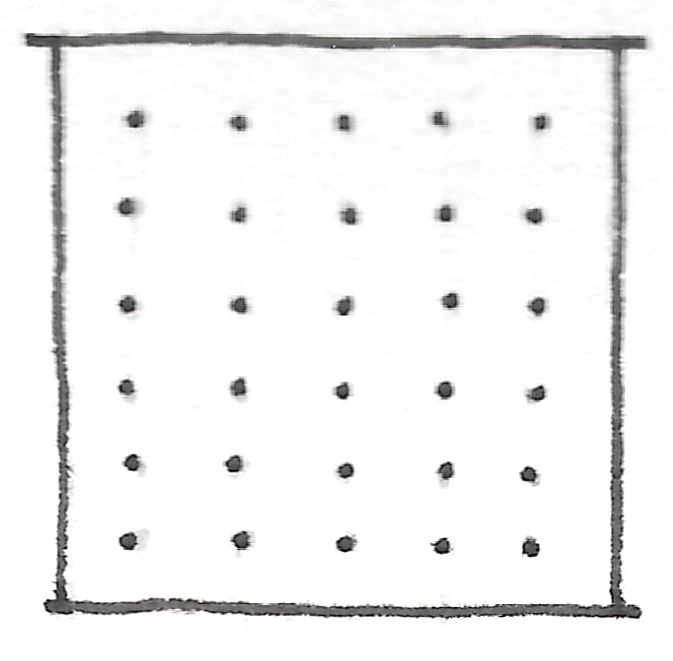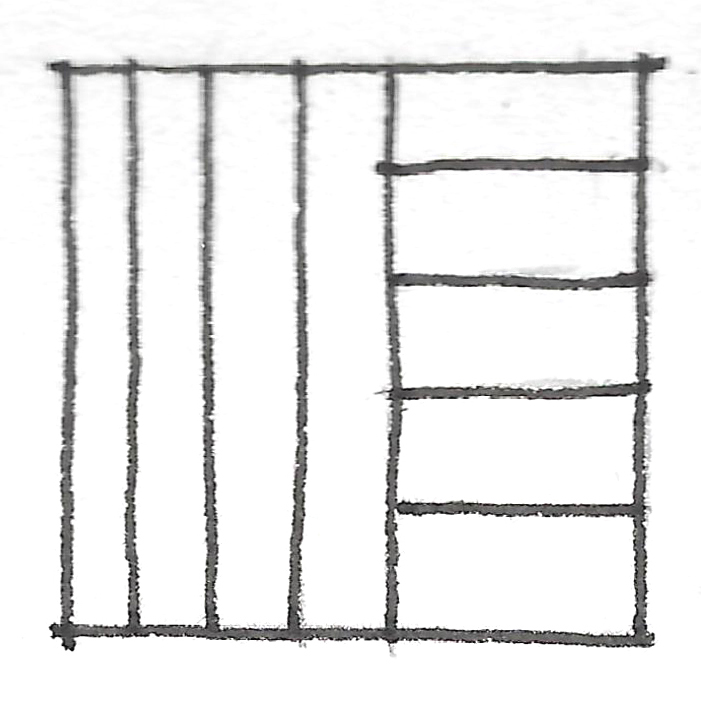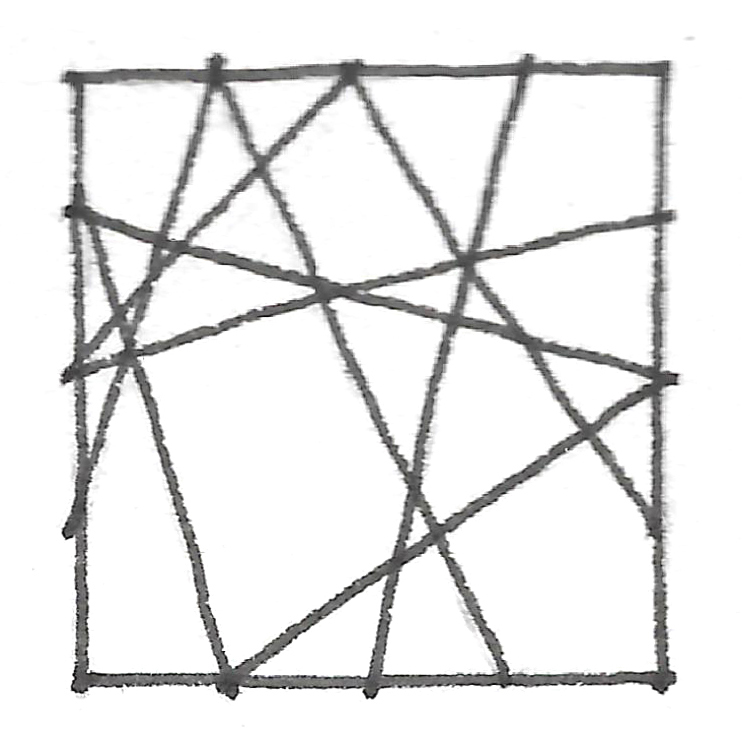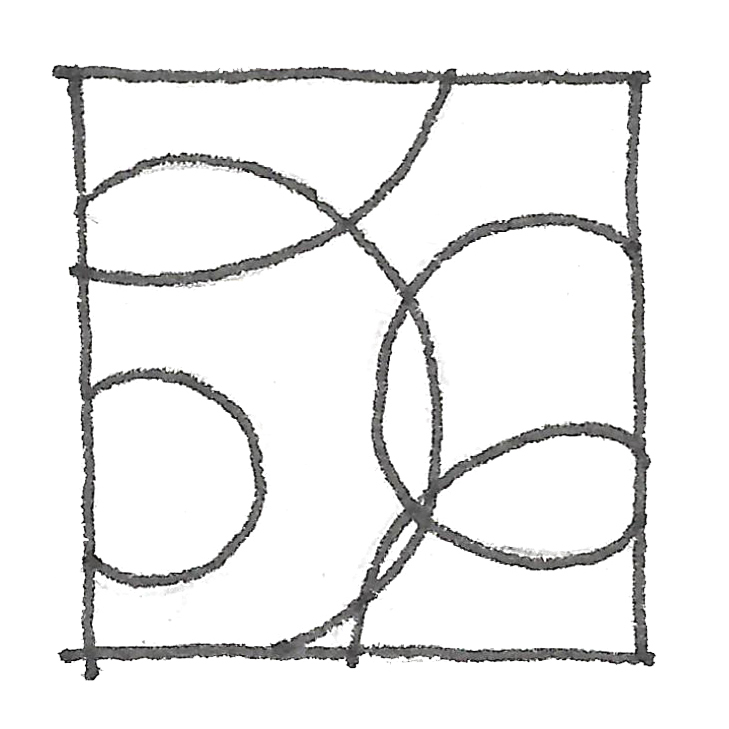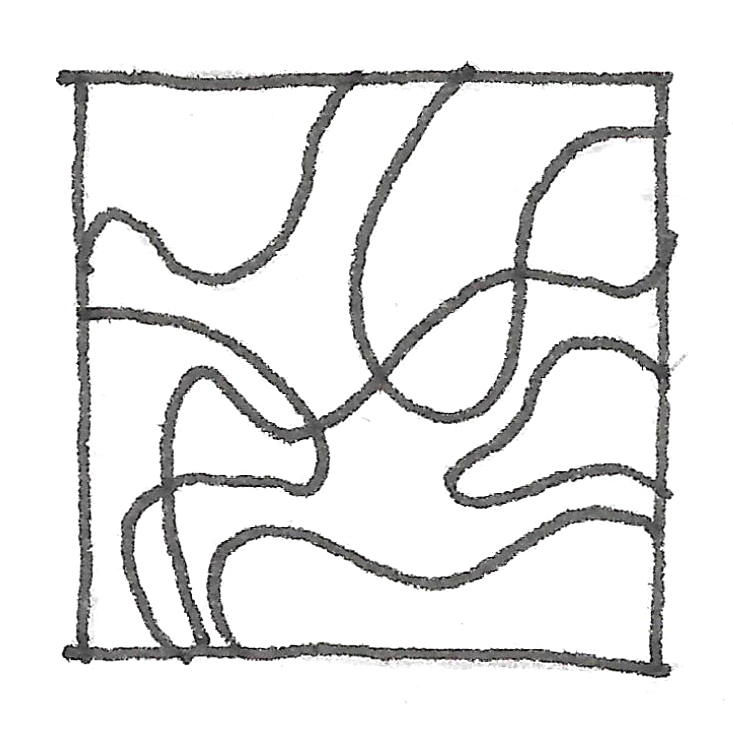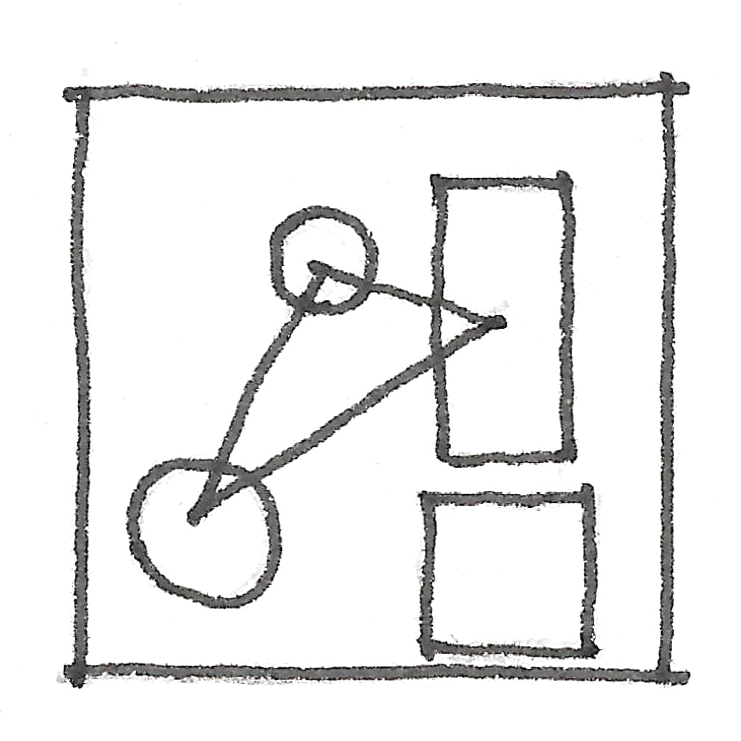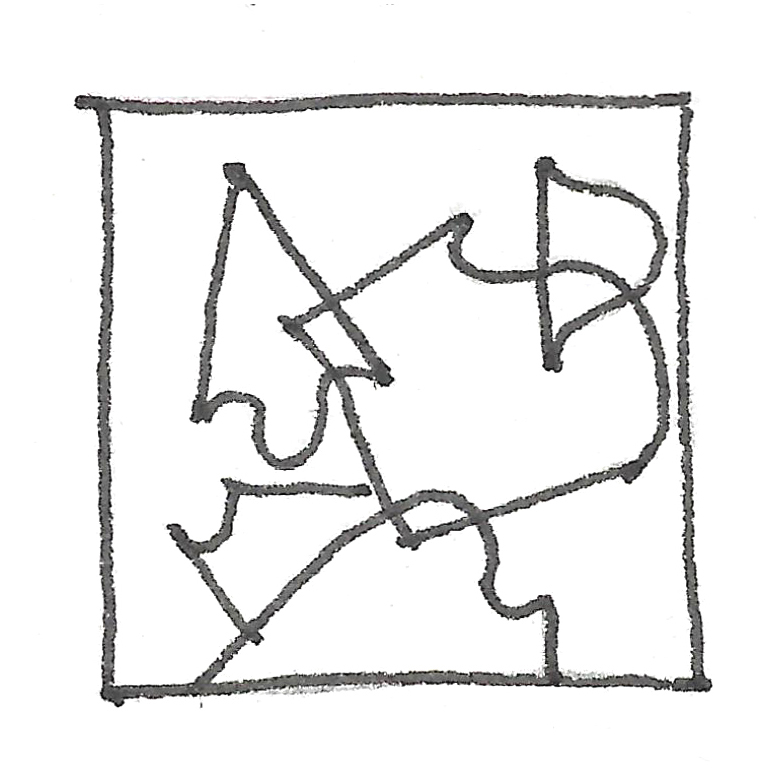Explore the possibilities of creating new visual compositions for your project
What is a visual composition?
Visual composition is a set of element positioned in a delimited space (whether two-dimensional or three-dimensional) and harmoniously related to each other. The compositions can be totally abstract or figurative, with reference for example to the representation of nature.
What are the elements of a visual composition?
The visual elements of a composition are the points, lines, shapes, colors and textures. Compositions are generally used in all forms of visual arts such as drawing, graphic illustration, painting, sculpture, photography, architecture, landscape design etc. For this reason, in every type of art there are its own specific basic elements of visual communication – such as architectural, structural, plant components – which are added to those already mentioned.

How to create a composition?
When inserted into a composition, the visual elements communicate some message or senstation to the viewer of the drawing. To ensure that communication is effective, the compositions must be characterized by one or more visual languages combined together. Depending on what you want to communicate, there are different “pure” visual languages with a strong and recognizable identity in the drawing. In this section we propose seven types of different languages that can be used separately or mixed in a single composition, with infinite possibilities of creation: (1) point grid; lines, shapes or volumes with (2) right angles, or with (3) diagonal, (4) curves, (5) organic elements; (6) flat or solid geometric shapes; (7) irregular shapes that already mix two or more pure visual languages.
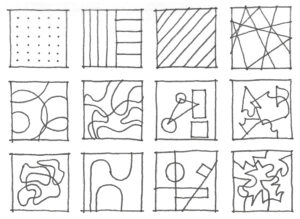
What are the principles of visual composition?
The construction of a good quality compositional design requires knowledge and skills aimed at knowing how to apply some principles of aesthetic composition. The position and size of the graphic elements must be combined in order to create visual compositions that are harmonic, proportional and balanced. Therefore three important principles are balance, proportion and harmony, but to these we must also add weight, symmetry, rhythm, dominance, movement, but also the presence of a point of interest, a focus in the composition (climax). To achieve a good level of harmony and proportion, other specific strategies can be used that we can add to the compositional principles, such as: unity, variety, sequence, contrast.

